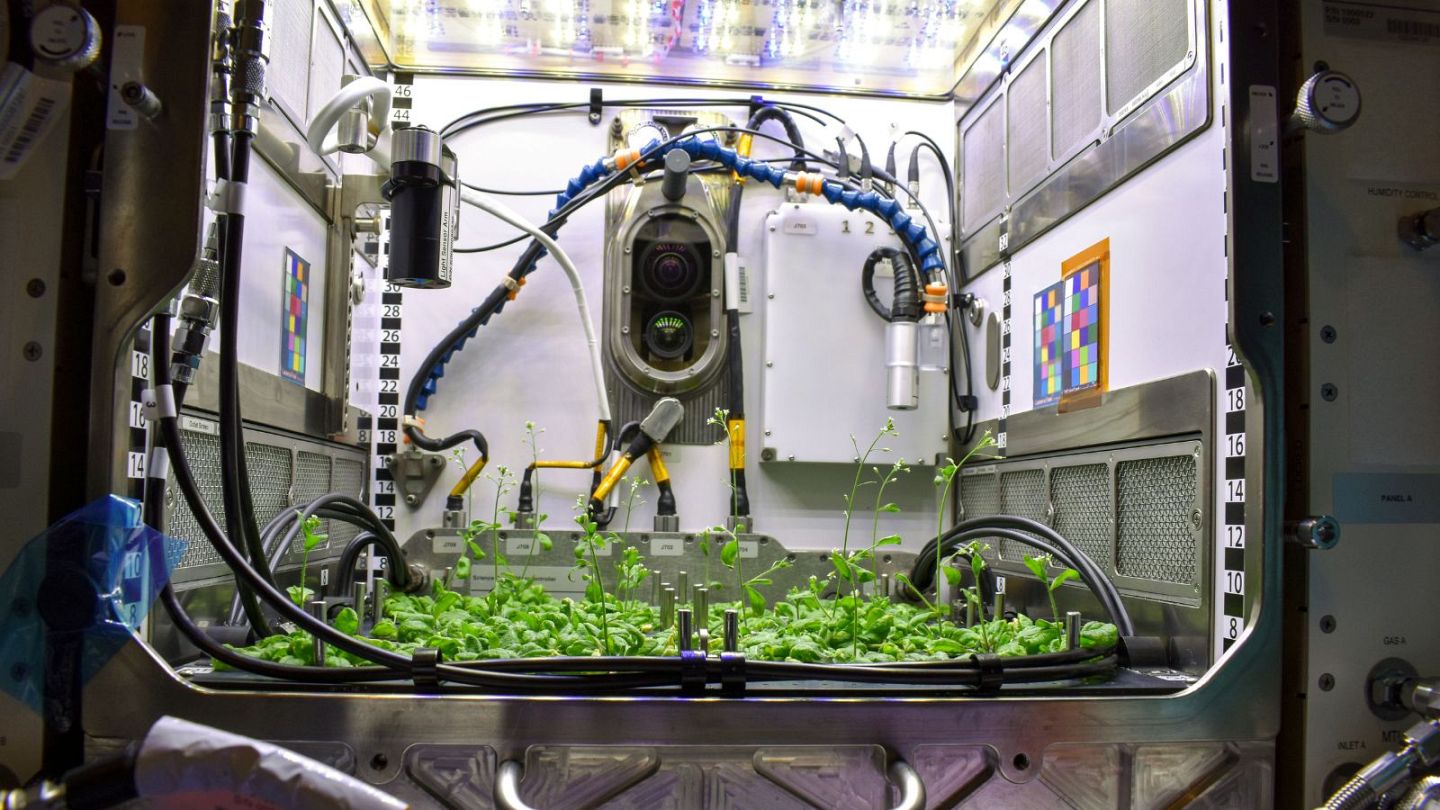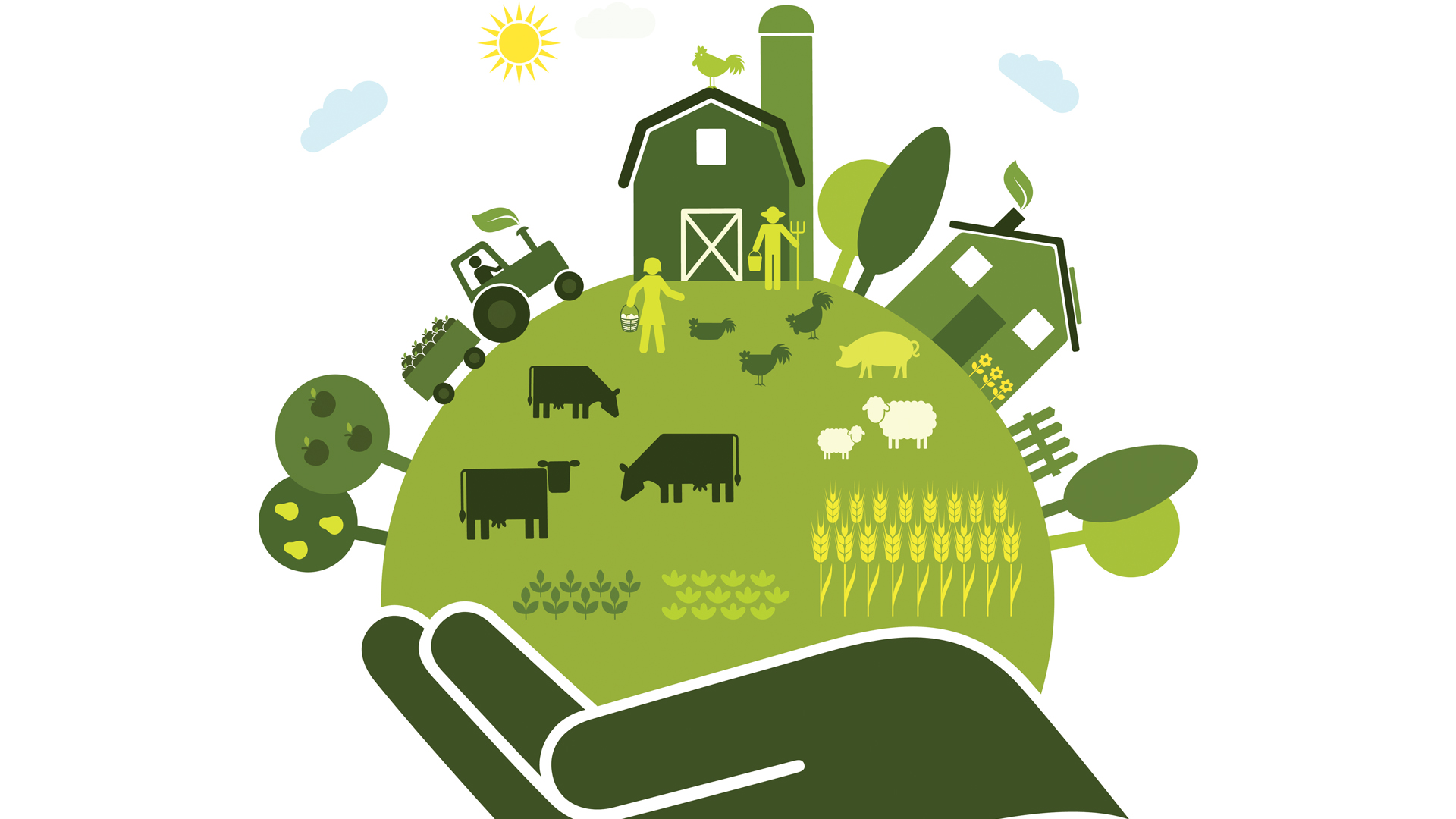October 2023
The Power of Protests and Civil Disobedience in Political Change
The impact of protests and civil disobedience cannot be overstated in socio-political transformation. These acts of collective defiance have, time and again, proven to be potent catalysts for change. This article delves into the intricacies of how protests and civil disobedience wield their influence, shaping the course of history and charting new directions for societies across the globe.
The Dynamics of Protest Movements
Protest movements are dynamic, often multifaceted phenomena that unite diverse groups by a common cause. They have the potential to drive significant shifts in political landscapes. The key elements that make protests a formidable force for change are as follows:
The Future of 3D Printing: From Organs to Space Habitats
In recent years, 3D printing technology has taken the world by storm, revolutionizing industries from healthcare to aerospace. The possibilities seem boundless as this cutting-edge technology continues to evolve. In this article, we will delve into the exciting world of 3D printing and explore its prospects, from creating functional organs to constructing space habitats. Buckle up for a journey into the extraordinary future of 3D printing!
A Glimpse into the Past
Before we embark on the futuristic journey, let’s take a moment to appreciate the humble beginnings of 3D printing. The concept of 3D printing, also known as additive manufacturing, originated in the 1980s. It involved layering material to create three-dimensional objects. However, it was initially limited in scope and application.
Digital Transformation in Traditional Industries
In the ever-evolving business and technology landscape, the term “digital transformation” has become a buzzword. It signifies the integration of digital technologies into all aspects of a business, fundamentally altering how it operates and delivers value to its customers. While this concept has gained significant traction in tech-savvy, its impact on traditional industries should be considered. This article delves into digital transformation in traditional industries, exploring how it reshapes sectors that have stood the test of time.
Understanding Digital Transformation
Before we embark on this transformative journey, it is imperative to comprehend the essence of digital transformation. At its core, digital transformation is not merely about adopting the latest gadgets or software; it is about reimagining processes, culture, and customer interactions to leverage the full potential of digital technologies.
Understanding the Science of Sleep Cycles
For many of us, sleep is a nightly ritual, a welcome respite from the hustle and bustle of our daily lives. But have you ever wondered what happens to your body and mind while you’re in the embrace of slumber? The answer lies in the fascinating world of sleep cycles.
The Fundamentals of Sleep Cycles
Sleep cycles are a fundamental aspect of our nightly rest, and they play a crucial role in determining the quality of our sleep. An average sleep cycle typically spans approximately 90 minutes and encompasses various phases, such as light sleep, deep sleep, and rapid eye movement (REM) sleep. Let’s delve deeper into these stages:
Sustainable Food Systems: Farm to Fork
In the ever-evolving landscape of today’s digital age, the importance of sustainable food systems has emerged as a paramount concern. As we stand at the crossroads of environmental crises and the need to nourish our growing global population, it becomes imperative to delve into the intricate web of sustainable food systems – from farm to fork. In this comprehensive exploration, we aim to provide you with a holistic understanding of this critical topic and contribute to the discourse on creating a greener, healthier, and more sustainable world.
Introduction: The Need for Sustainable Food Systems
The urgency of addressing our food systems’ sustainability cannot be overstated. With a burgeoning global population projected to reach 9.7 billion by 2050, the strain on our natural resources has never been greater. Traditional agriculture practices, marked by excessive use of pesticides, overexploitation of water resources, and monoculture farming, have led to soil degradation, loss of biodiversity, and an alarming increase in greenhouse gas emissions.





